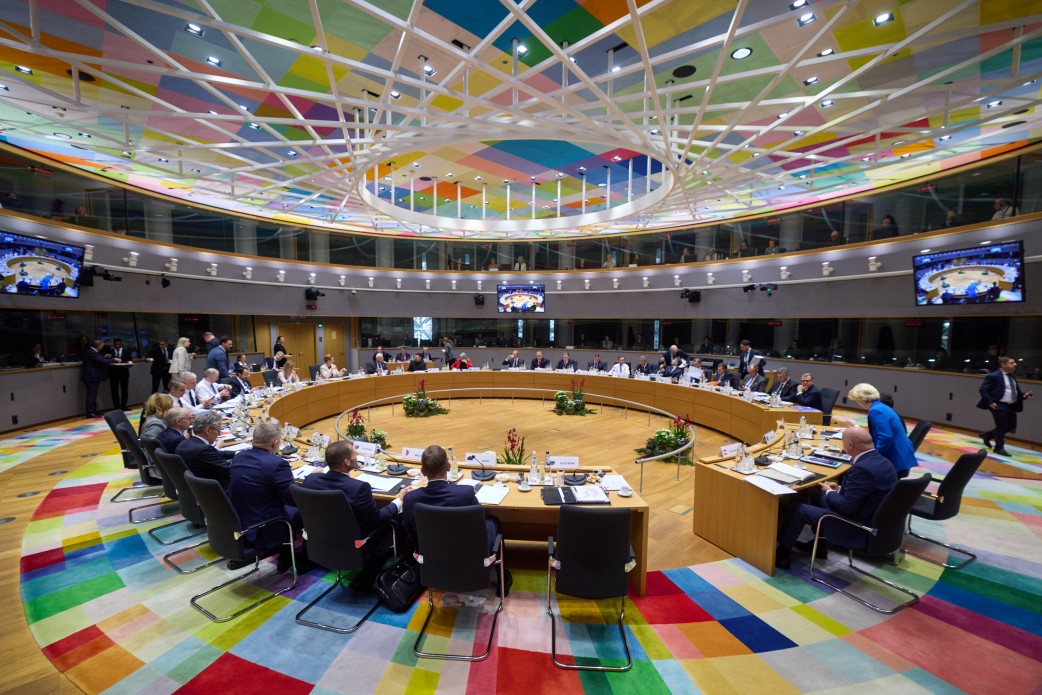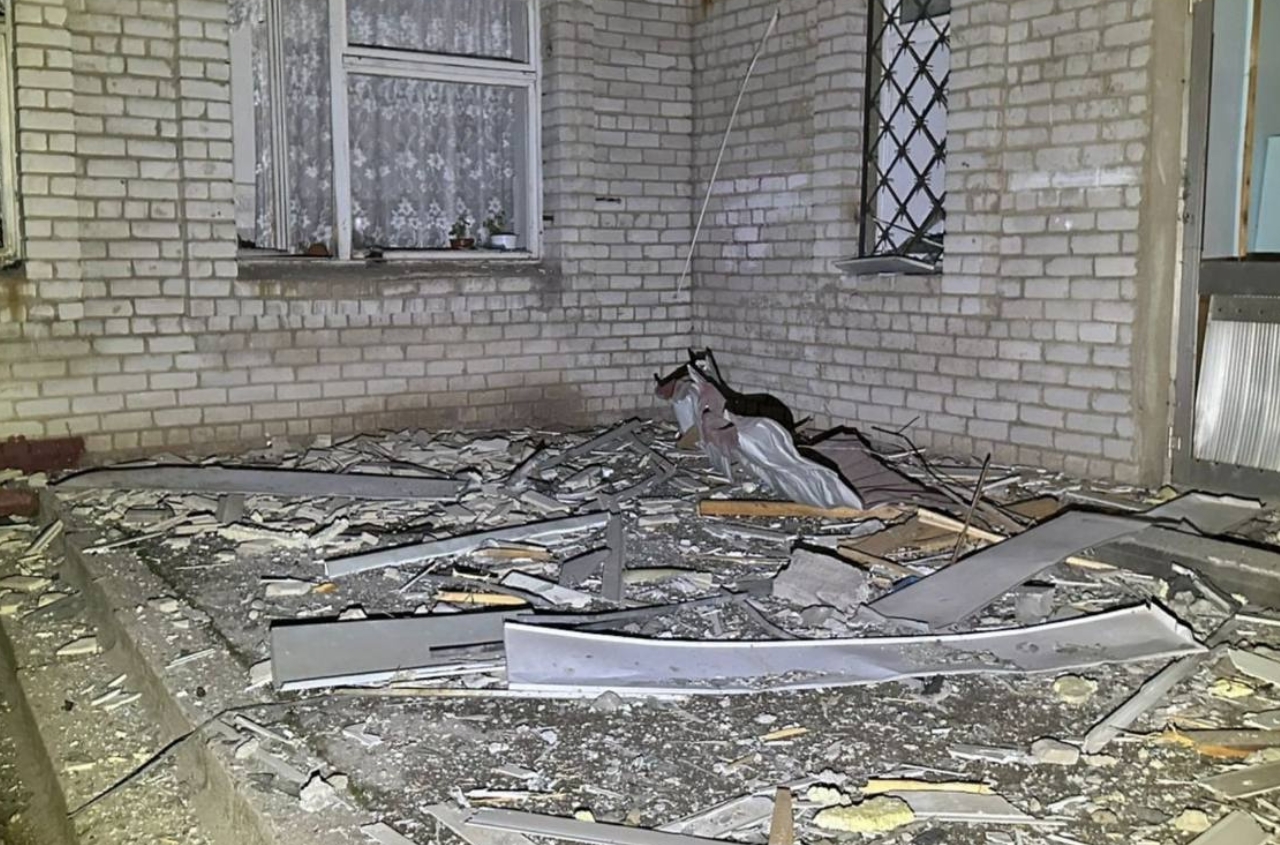The sharp escalation on the front is also part of the global configuration of the “world order after November 1.”
As the meeting between Trump and Xi Jinping showed, the sides did not make peace—nor did they begin a full-scale confrontation.
They agreed instead on a very short-term truce.
Within this fragile pause, both sides will intensify the points of asymmetric confrontation.
The main goal of our diplomacy is to solve a higher-level task — not to become one of those points of asymmetric confrontation between China and the United States.
In other words, to step out of the “three-body” problem that defines the current rivalry between the U.S. and China: Europe, the Middle East, and the Indo-Pacific region.
The very same challenge is now being addressed by the countries of the Middle East, including Israel, as well as by South Korea, India, Japan, Iran, and several others.
So far, the most successful diplomatic performance in this regard has come from Israel and Middle Eastern states.
Whether our diplomacy will succeed in doing the same will become clear in the next six months.
Because only by solving this task can we find the path to peace.
Everything else is self-deception



















